Bolivia: Salar de Uyuni
発行済み: 07.11.2018
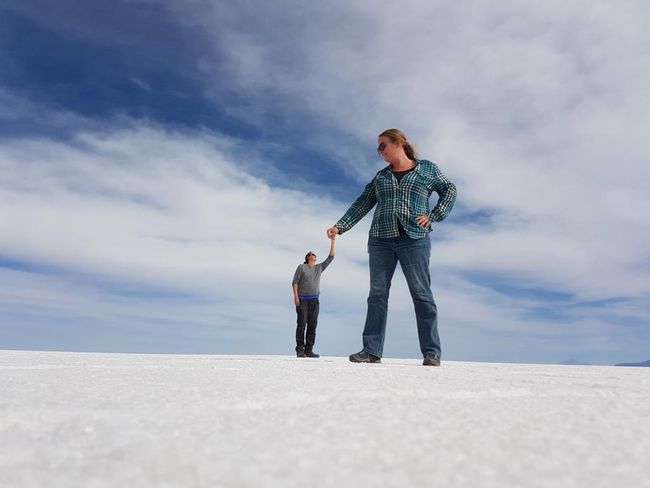
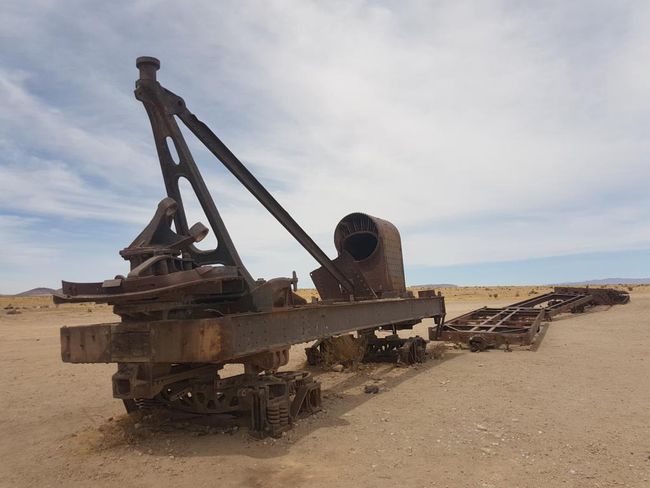
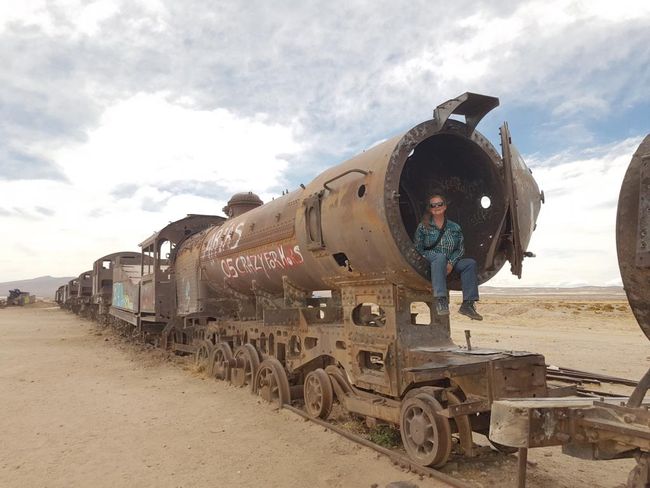
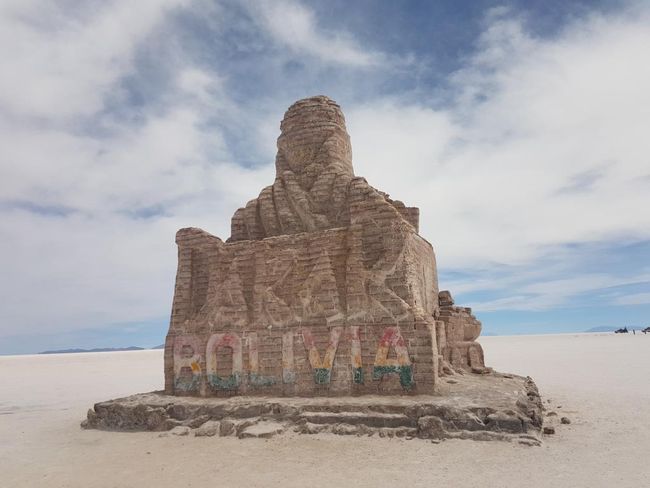
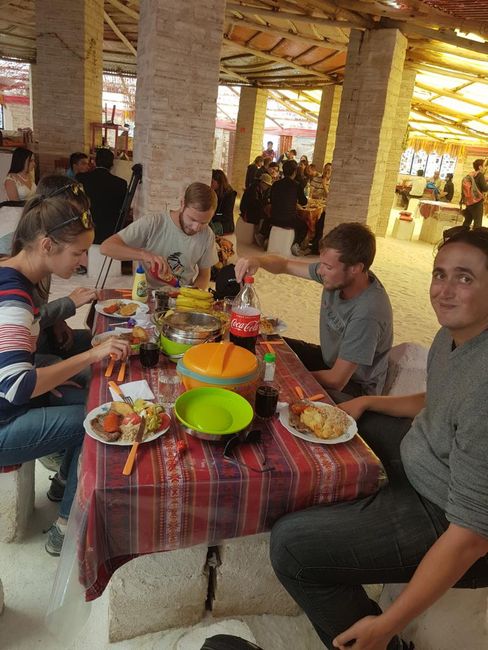
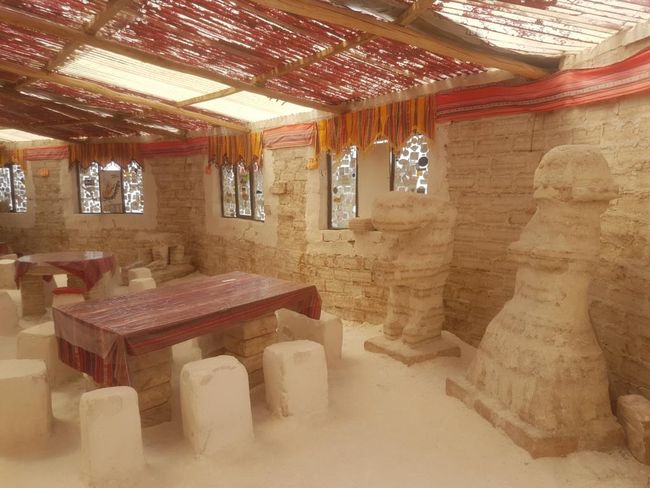
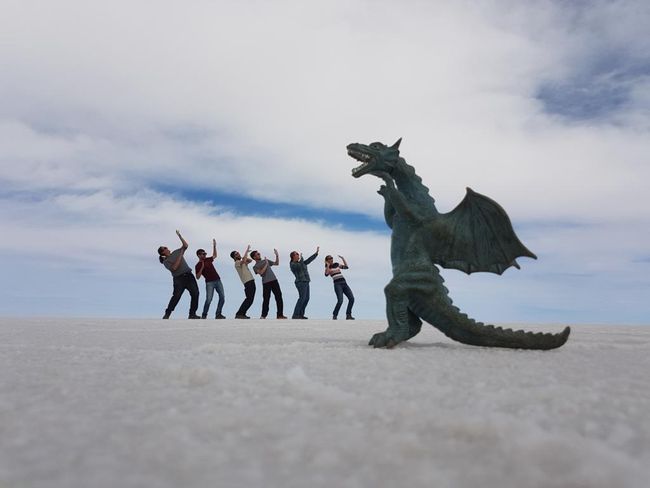
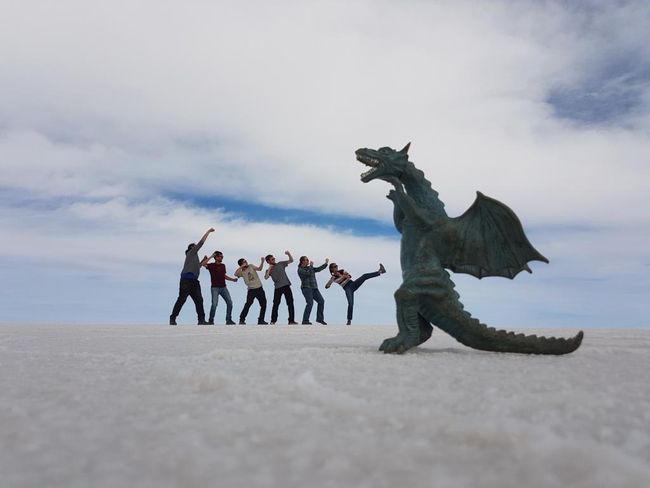
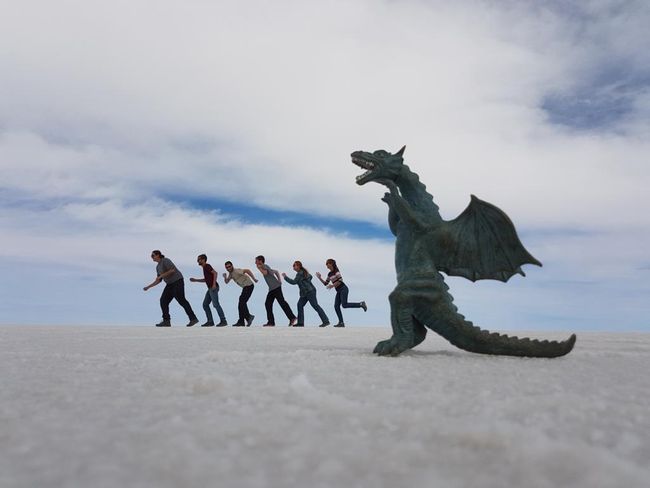
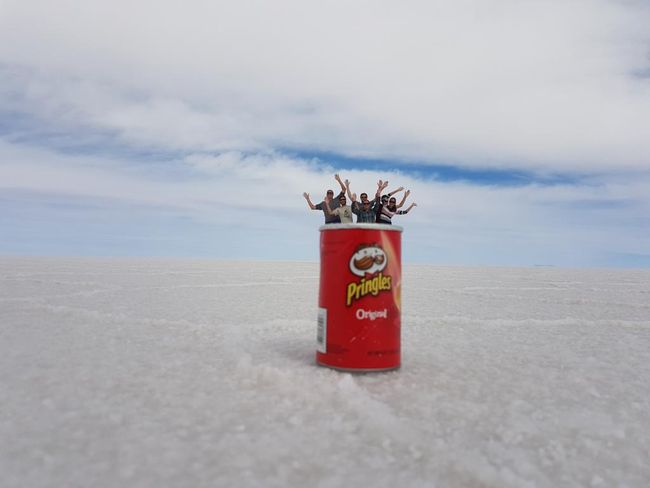
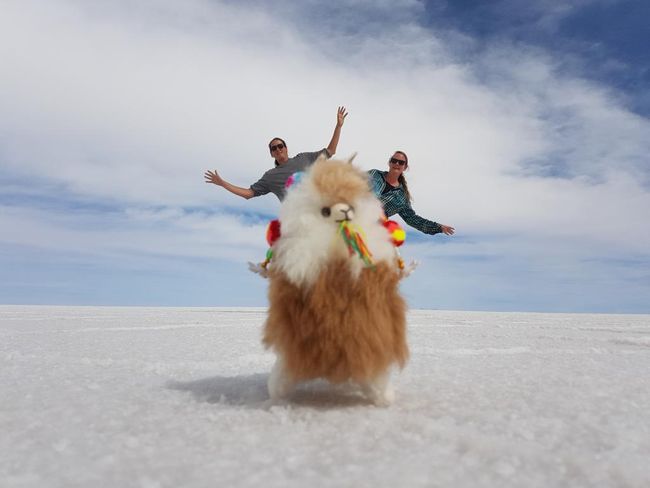
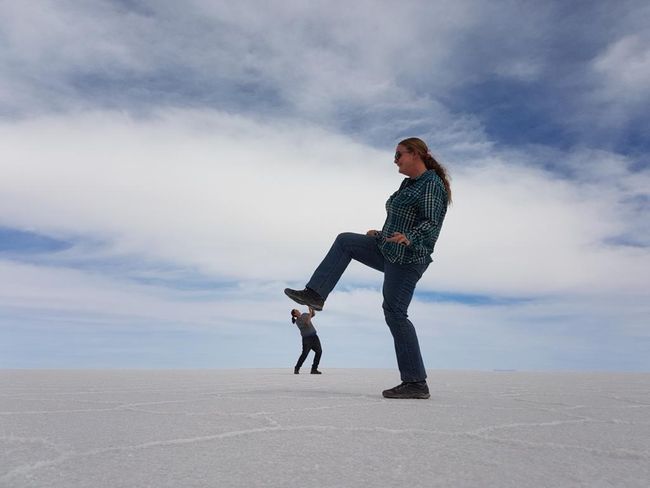
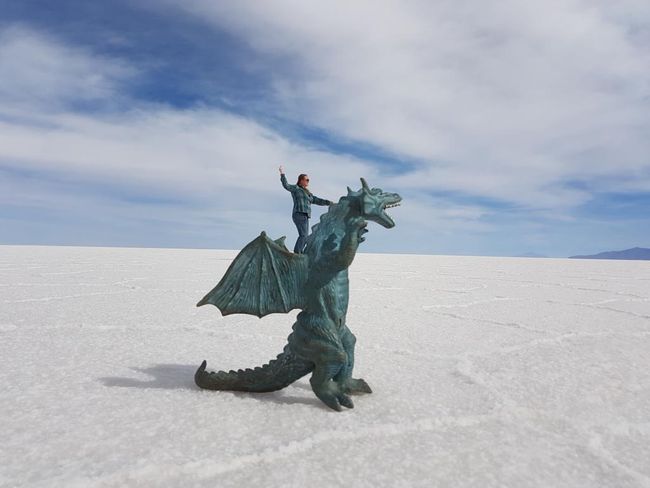
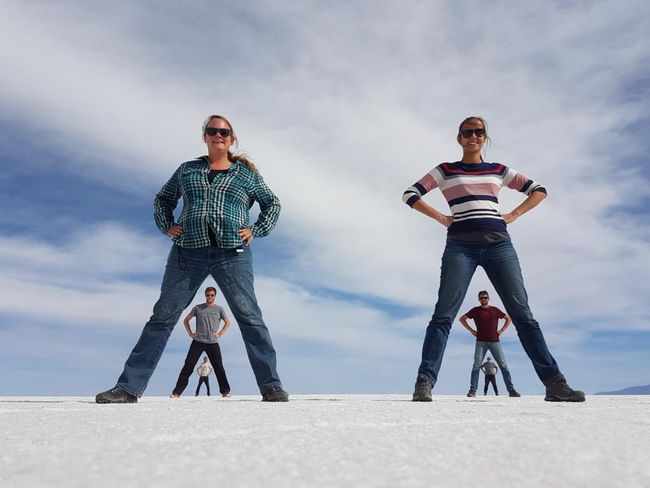
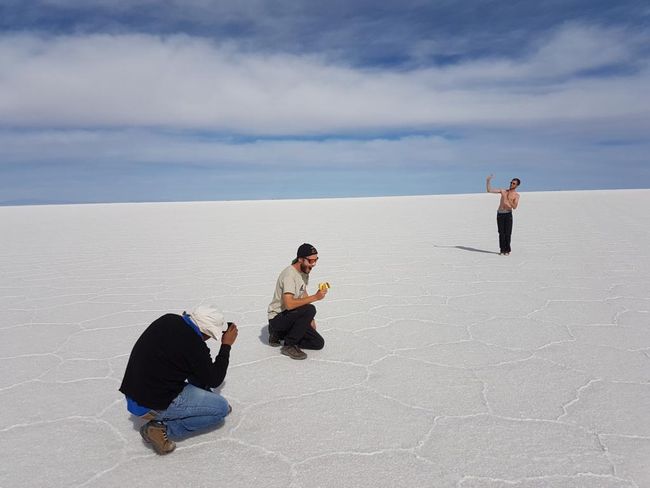
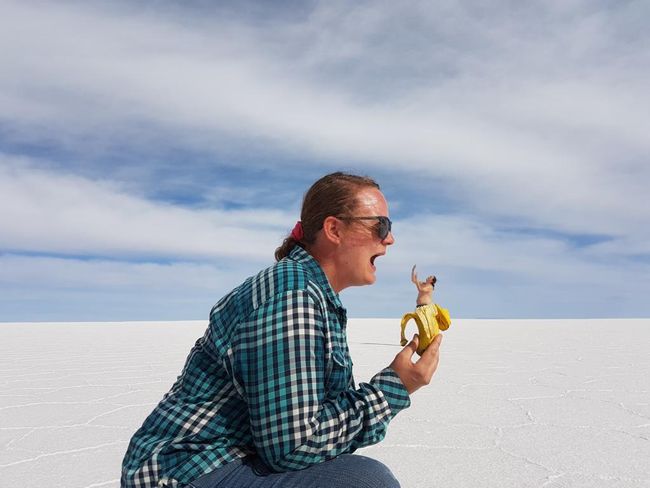
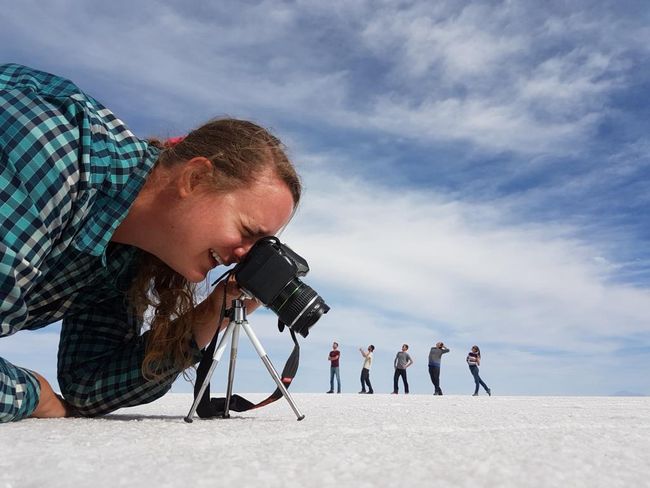
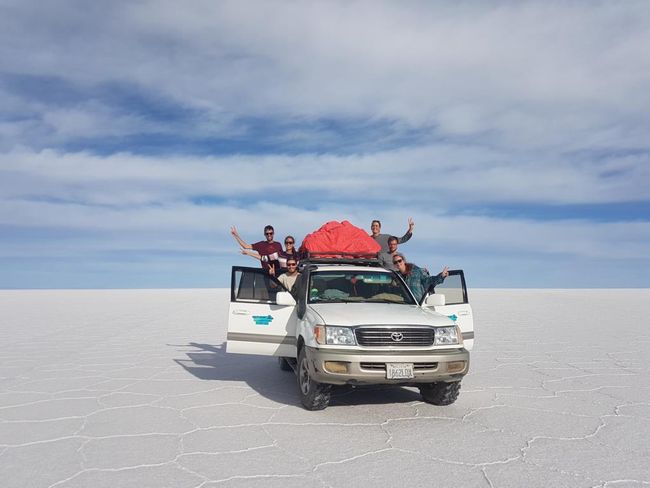
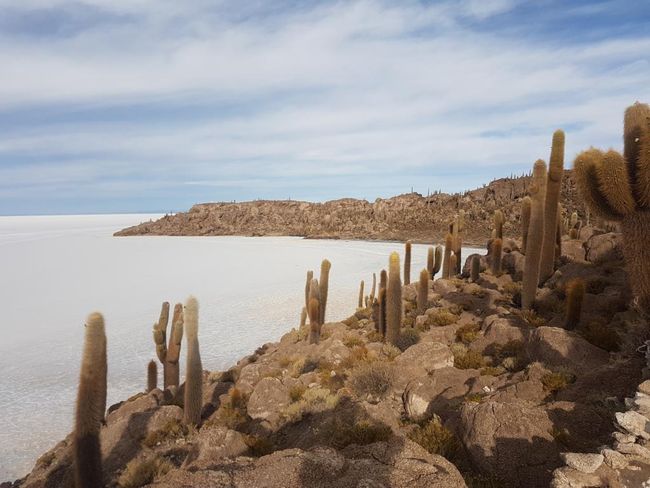
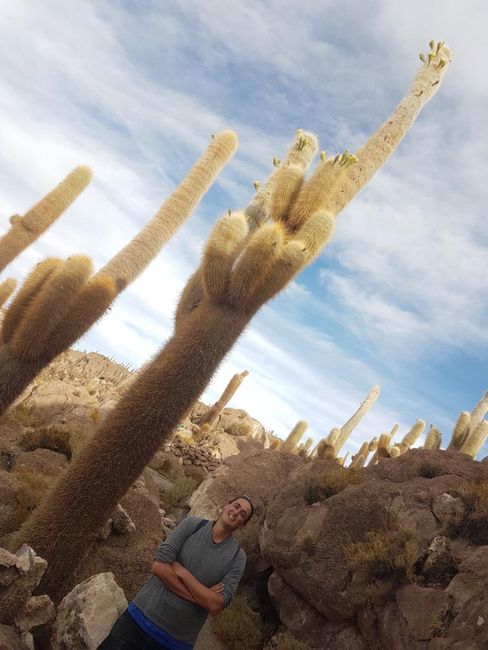
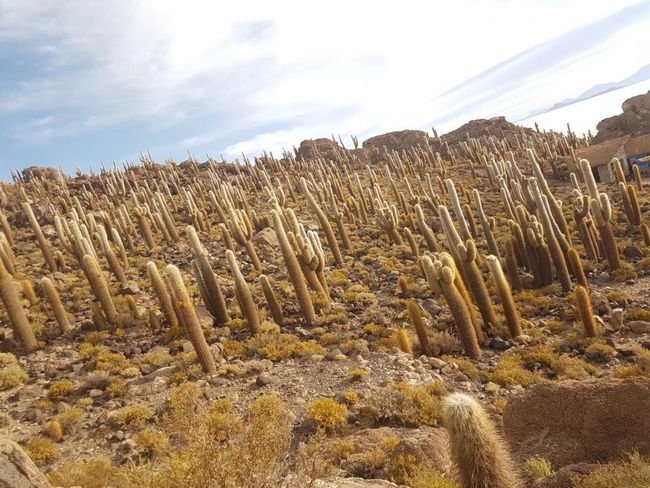
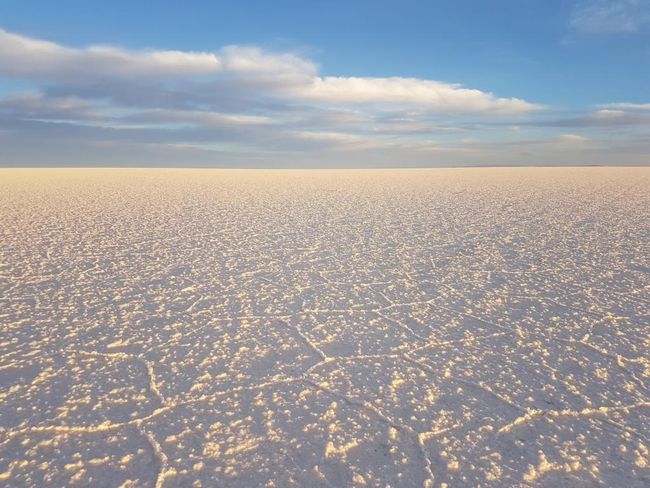
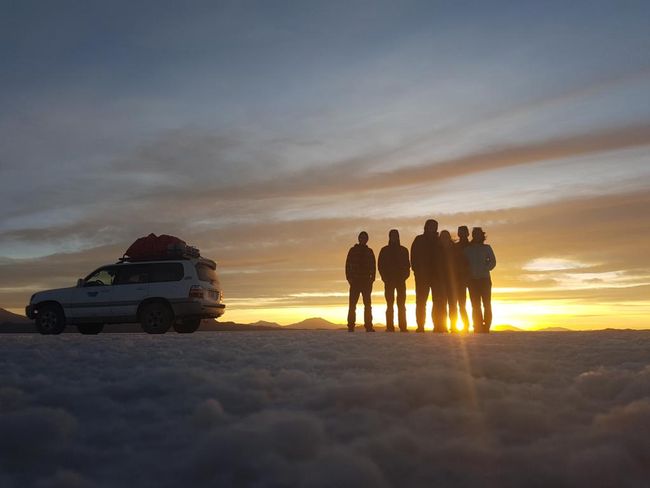
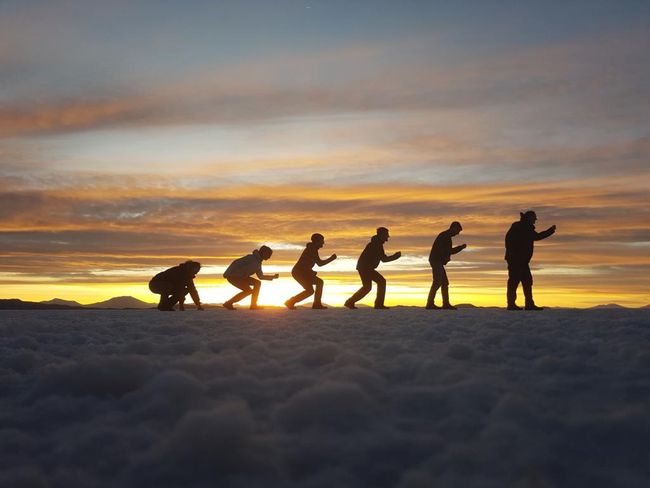
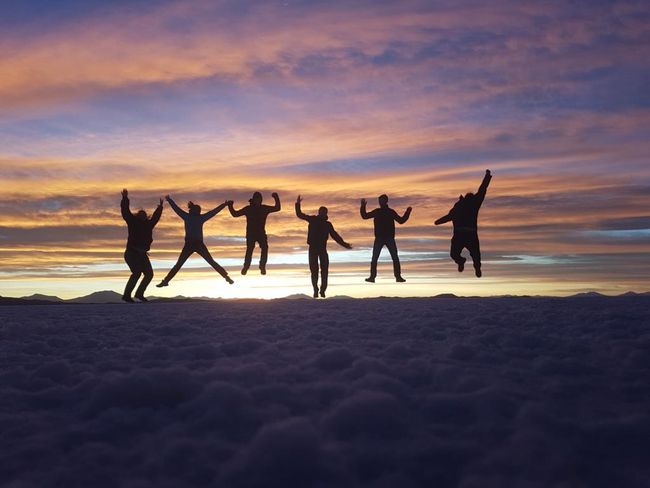
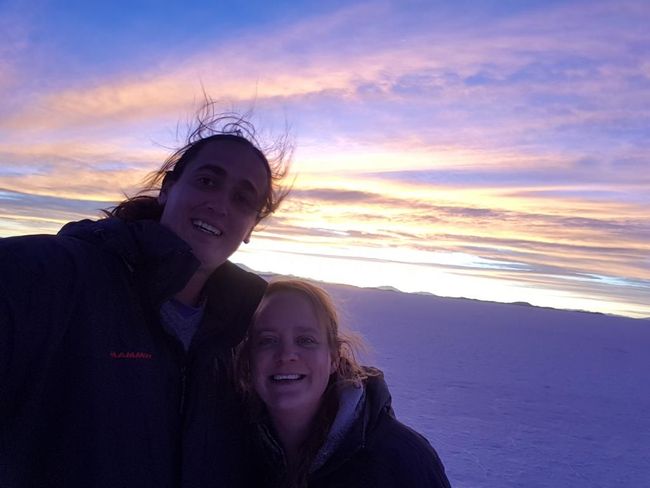
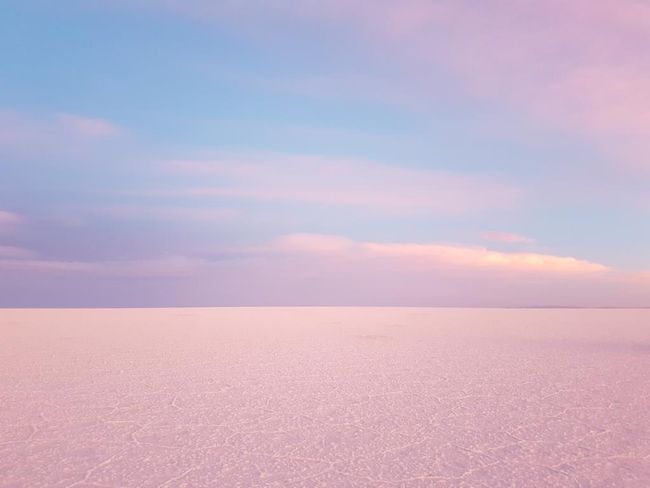
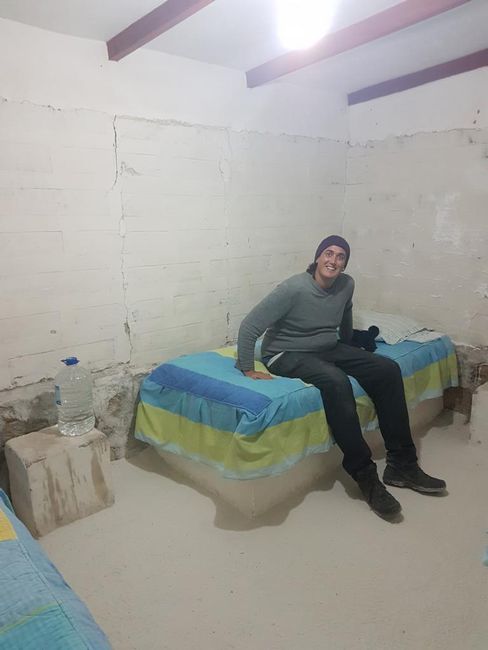
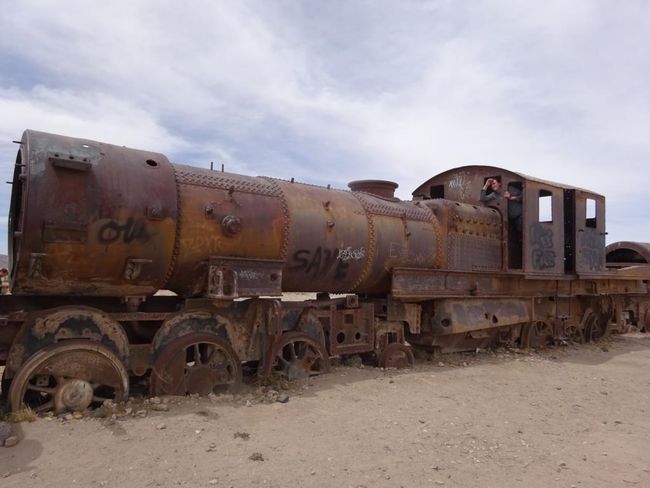
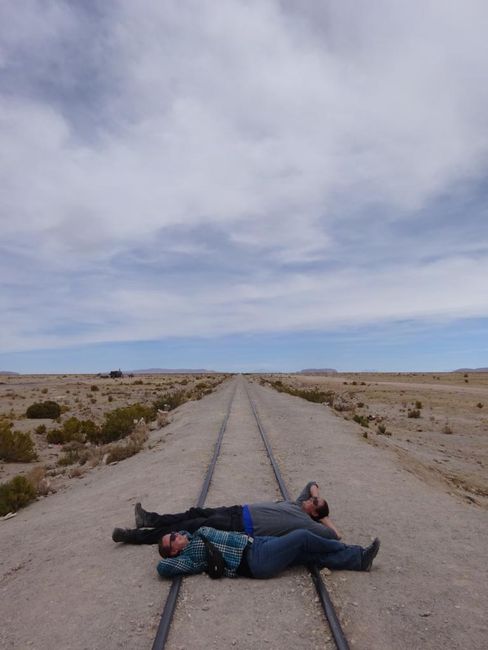
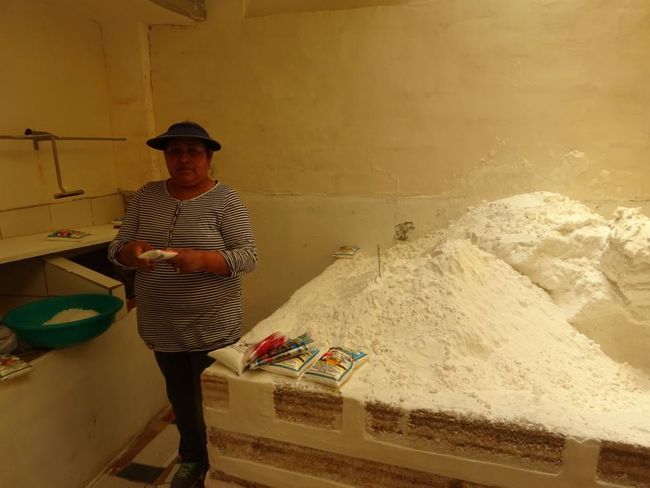
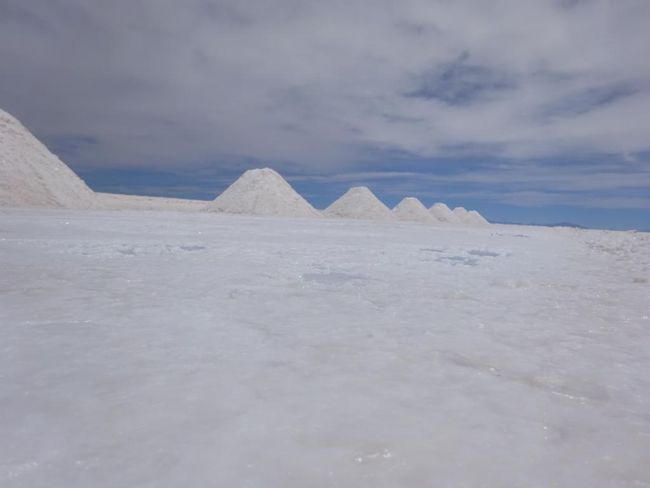
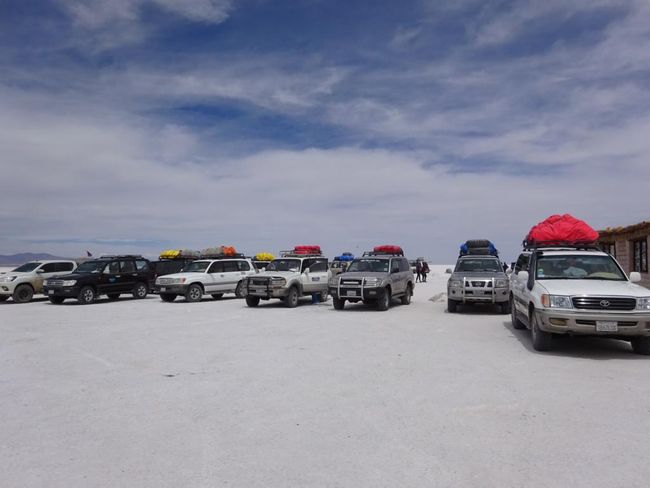
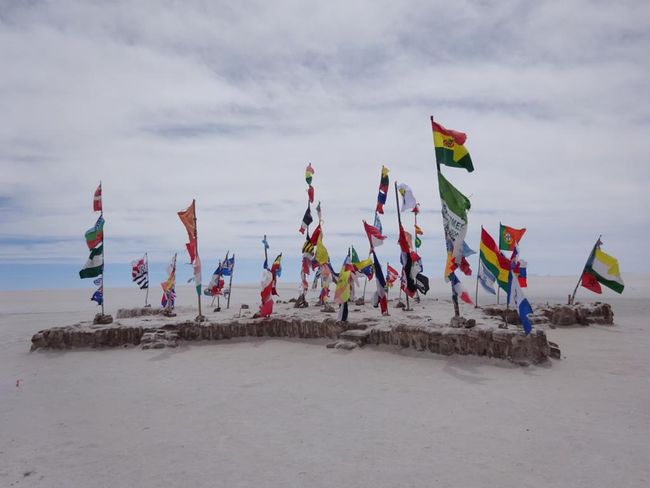
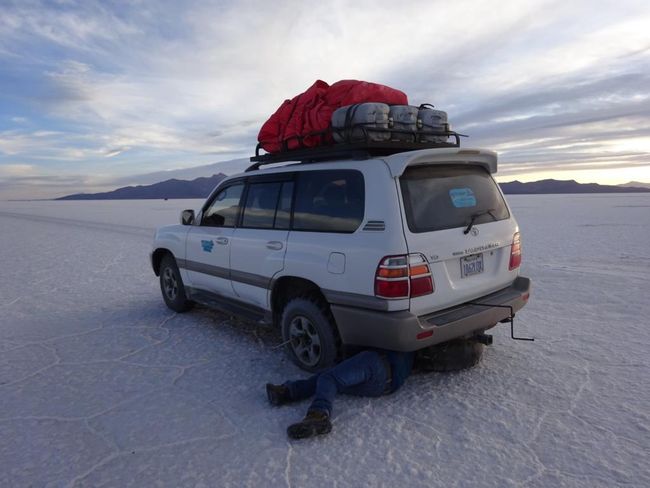
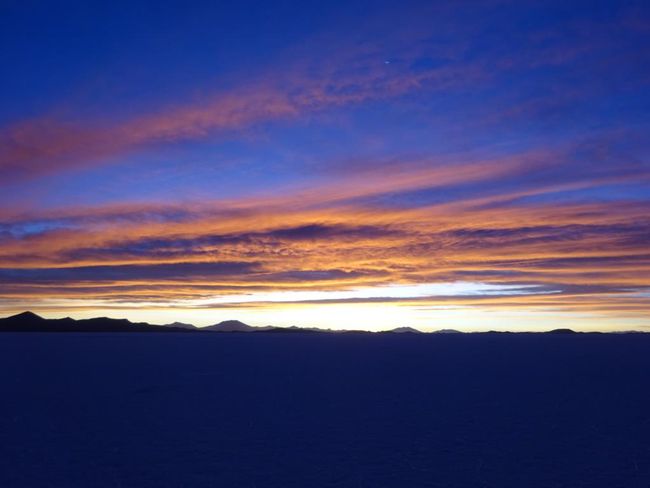
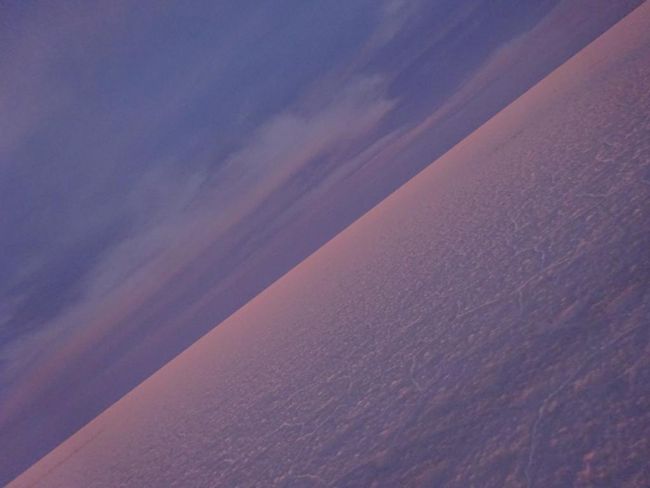
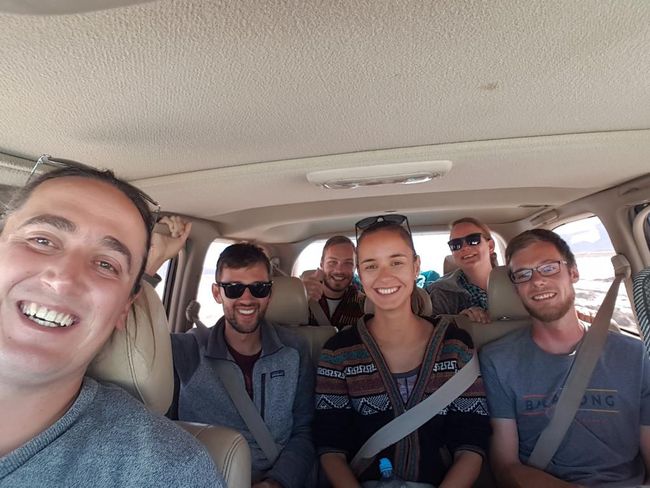
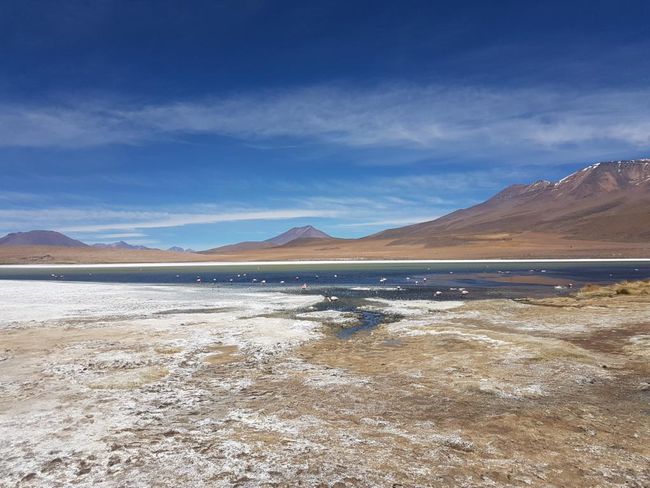
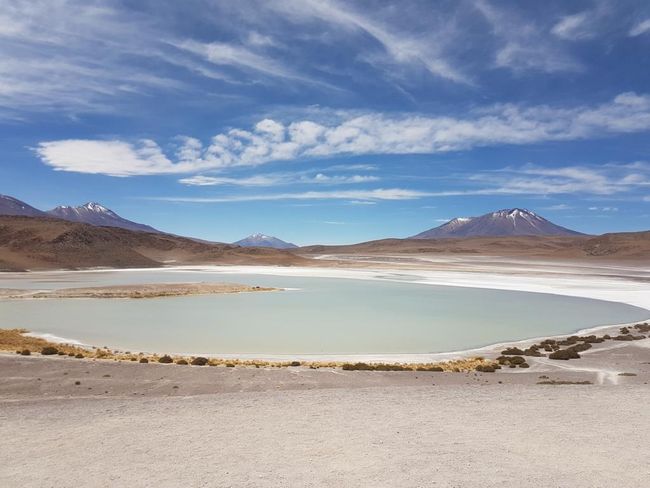
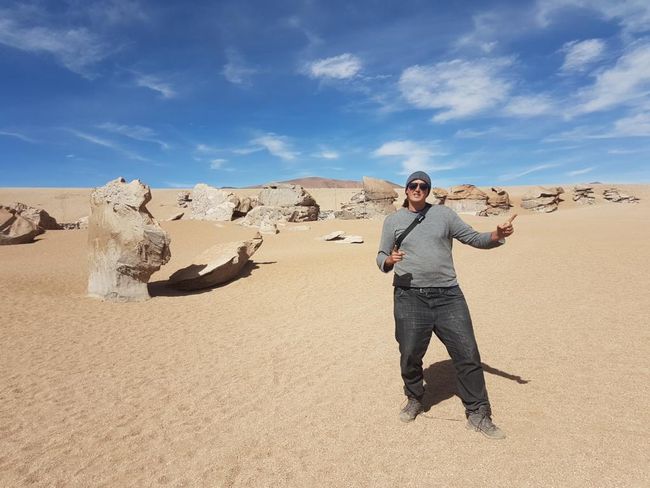
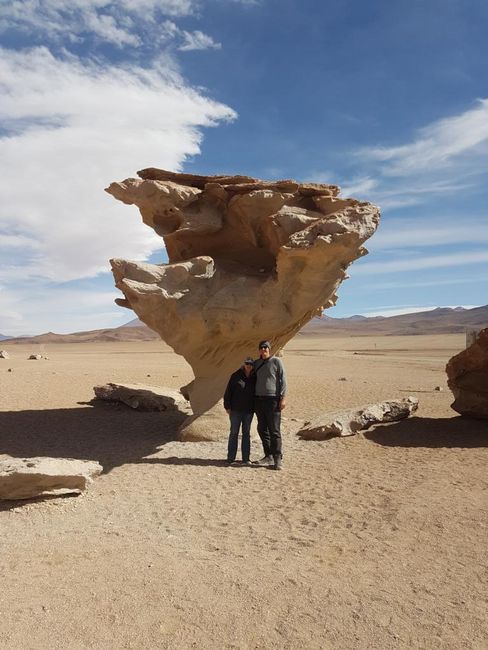
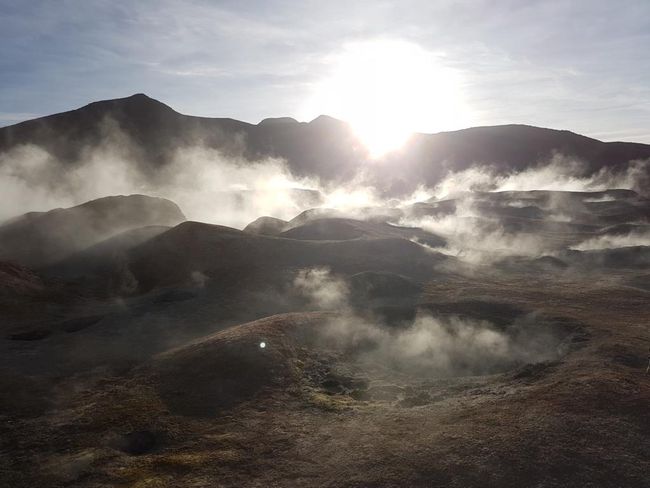
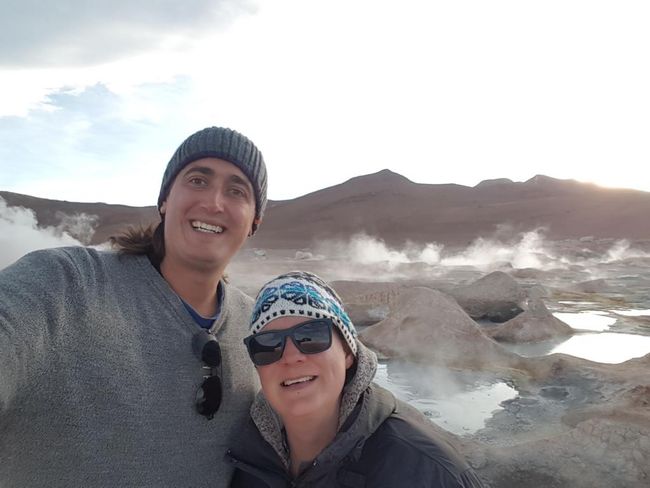
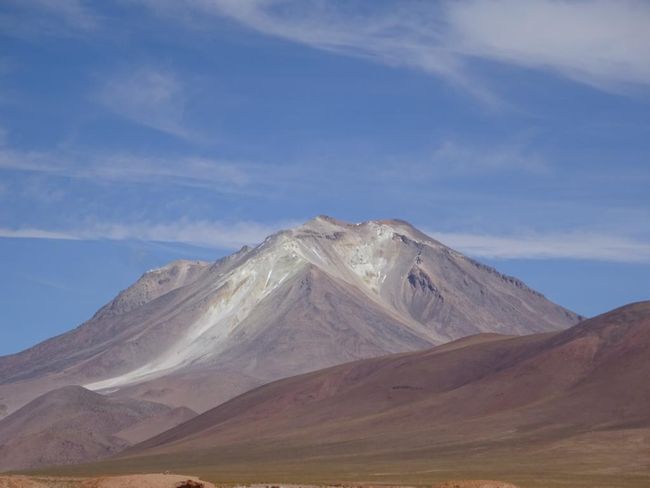
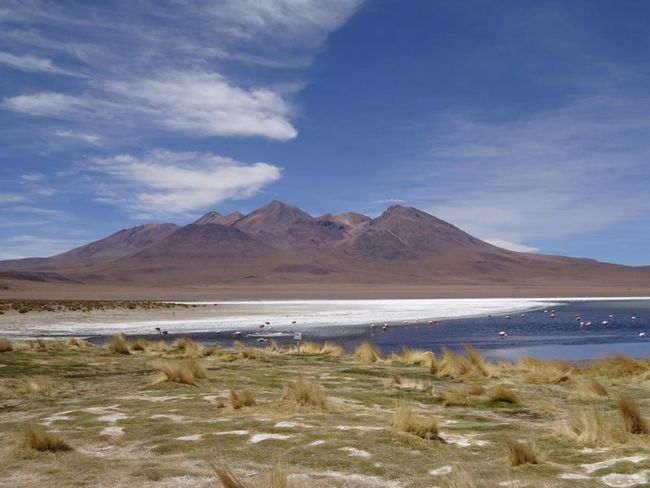
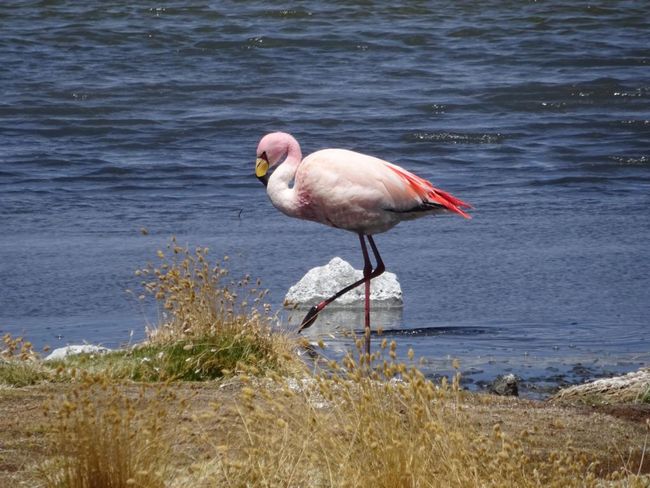
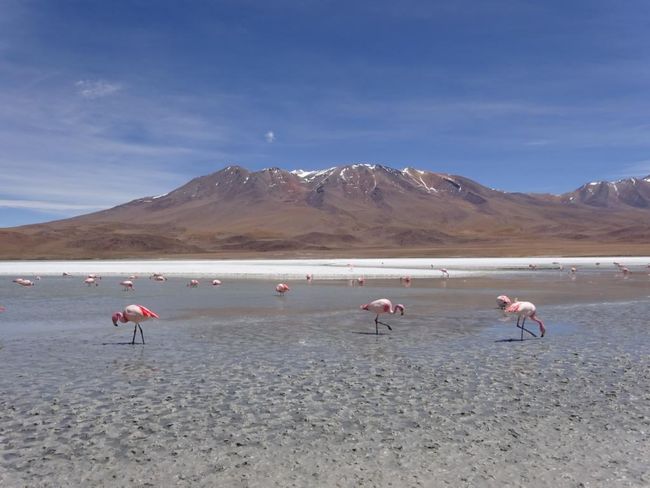
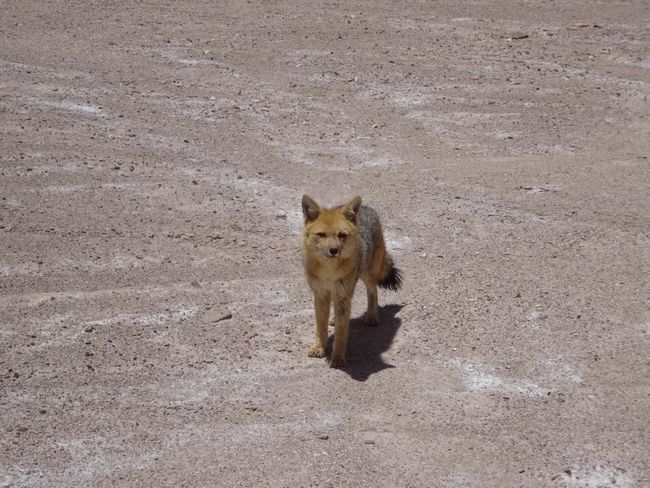
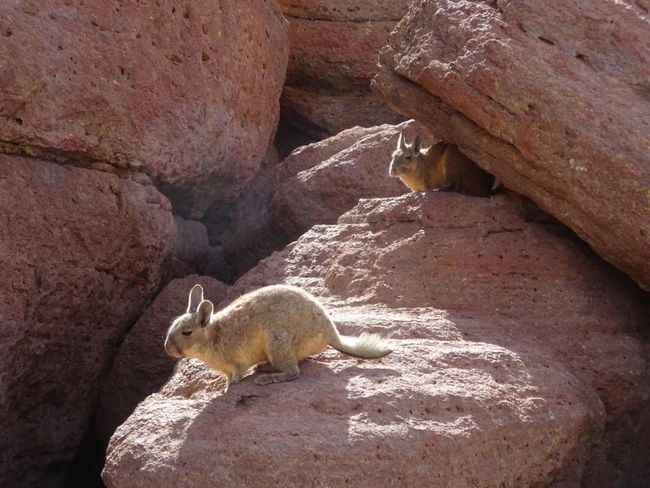
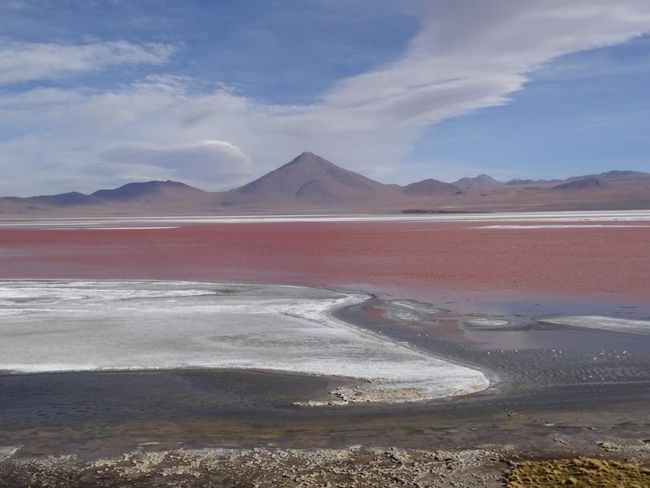
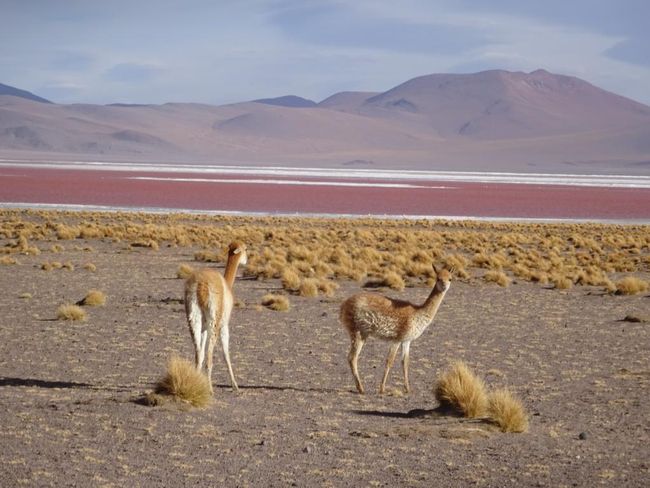
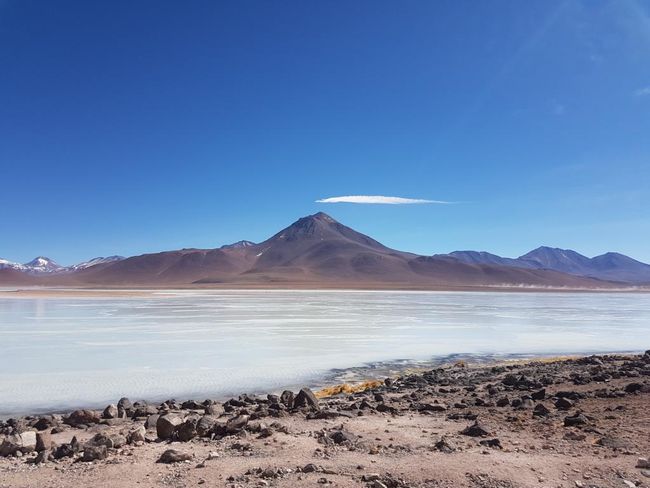
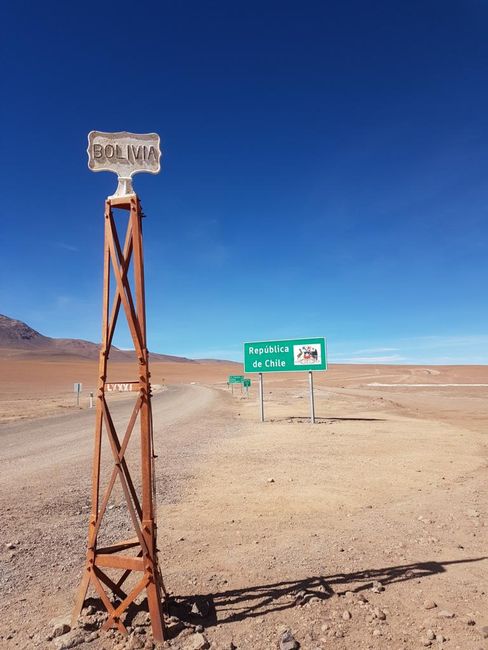
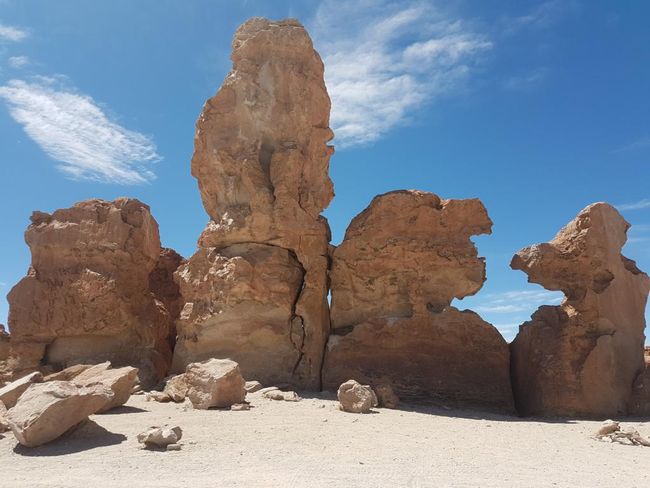
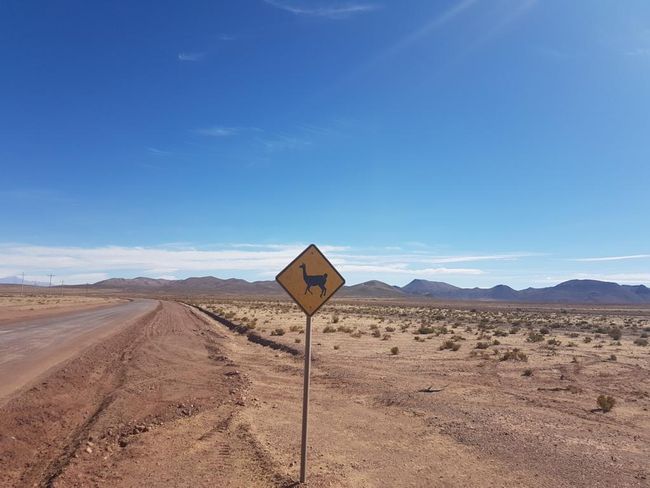
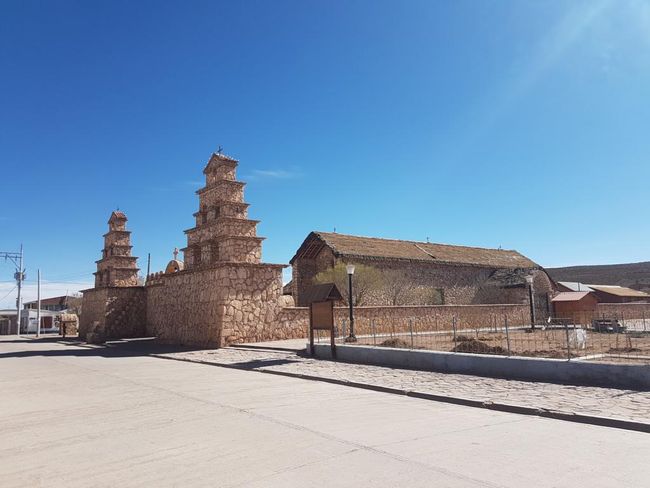
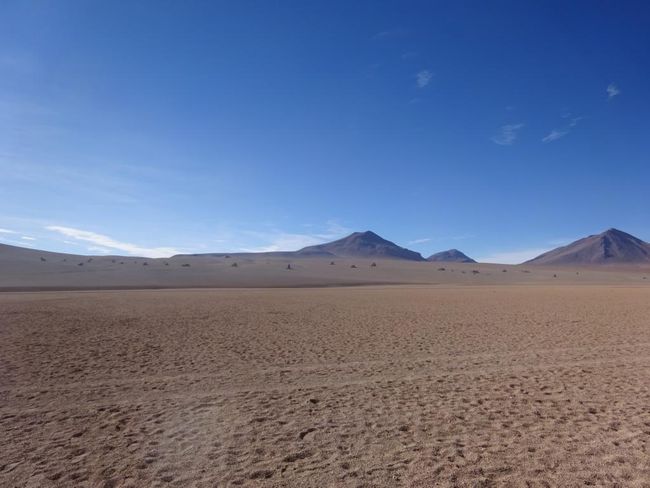
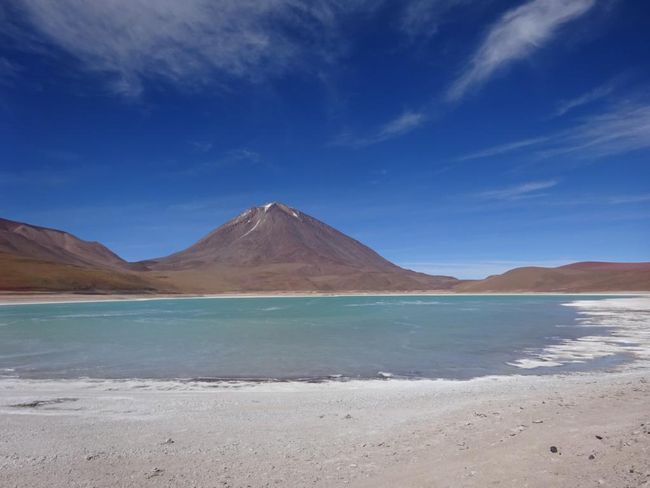
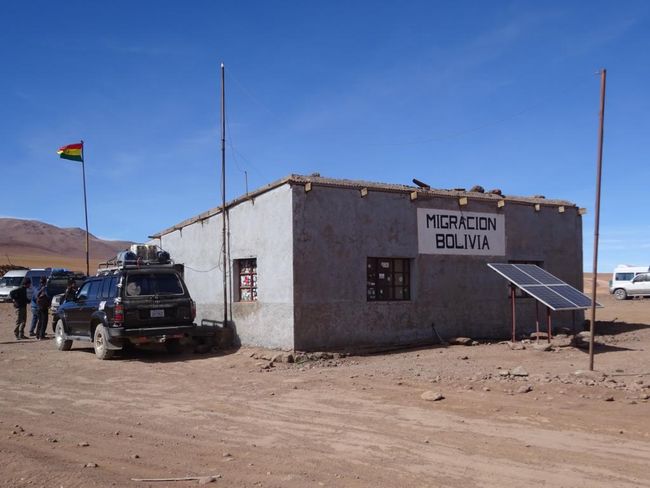
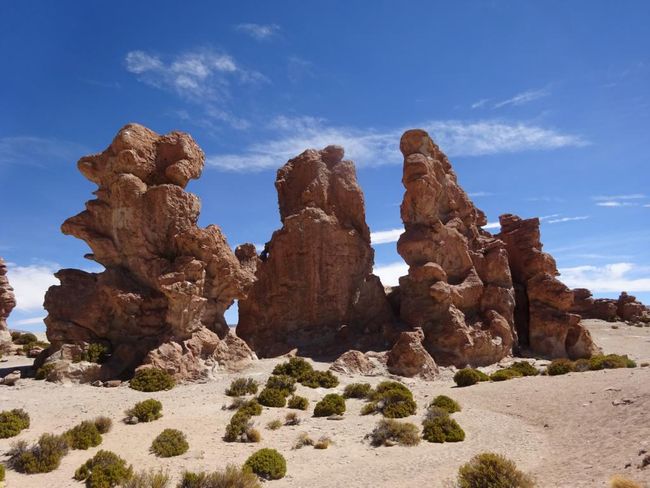
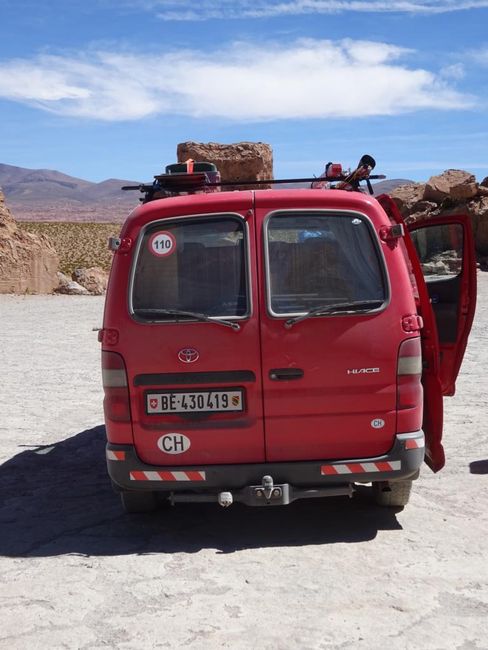
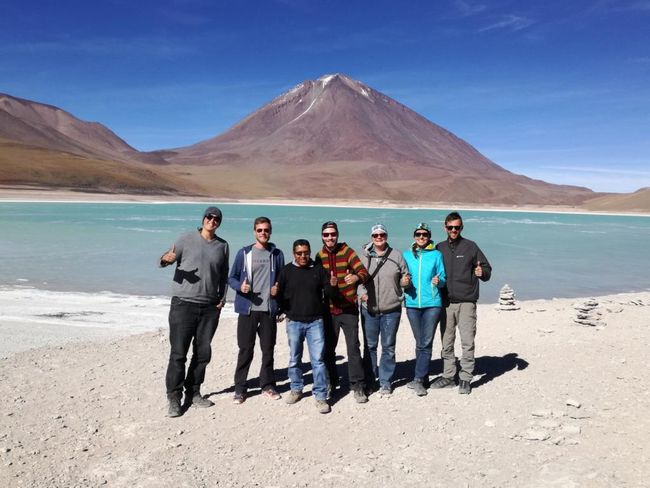
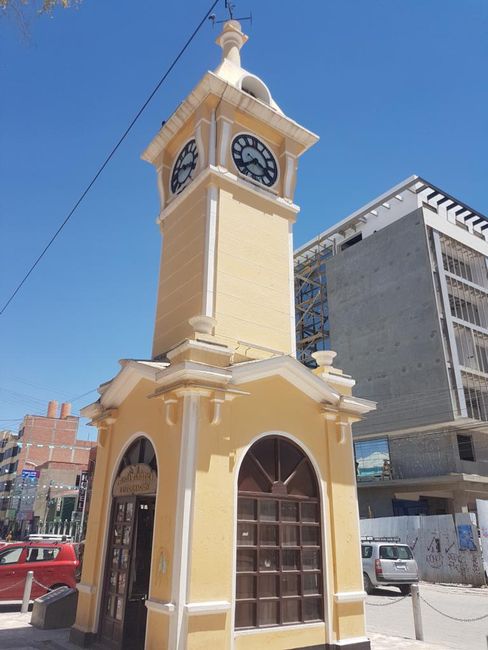
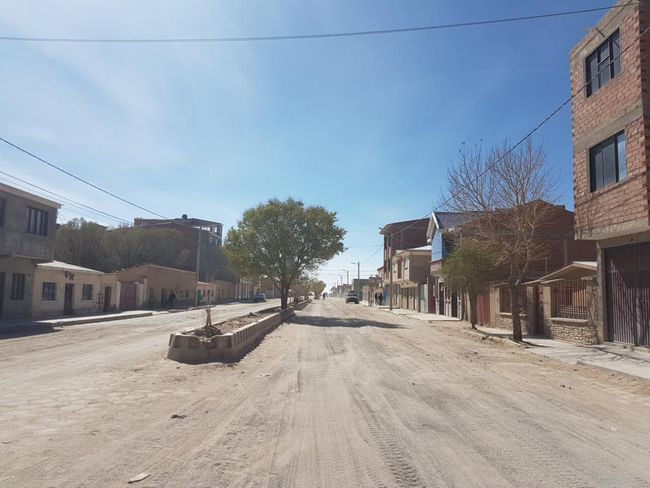
ニュースレターを購読します
Uyuni reminds me a bit of a town from a Wild West movie. The place is located in the middle of nowhere, surrounded by nothing, and there is not much to do or see. The town exists for two main reasons: first, there used to be a railway connection from there to Chile to carry minerals extracted from the area to the local seaport of Antofagasta. Second, the town is located near the Salar de Uyuni salt flats, the main tourist attraction in Bolivia. Nowadays, the majority of the population works in tourism. Our guide Franz, who accompanied us on our Uyuni tour, told us that all three of his brothers also work as guides. There are over 100 tour operators in the town. Throughout the day, the whole place feels like it's in a perpetual slumber, except in the mornings at 10:00, when the countless tour vehicles gather before embarking on the daily trip into the desert.
But let's start from the beginning. Since we arrived in Uyuni in the dead of night, we didn't have a chance to look for a suitable tour operator. We did that the next day. We visited several, and the offered standard 3-day tour was the same everywhere. The difference lay mainly in the quality of the food and accommodation, as well as the price, of course. We also did some research online, and the range of good and bad reviews of the different operators was enormous. In the end, we chose an operator that was recommended to us by two guys from Germany who did the mine tour with us in Potosi. It was also recommended to them by another traveler who had already done the tour. Funny enough, we met those two German guys, Tobias and Willi, on the terrace of our hotel that same evening, only to find out that we would also be on the Uyuni tour with them. That was something, at least. The success of the whole thing depends on whether you end up with a good group on the tour because you spend three days cramped in a small car with six other travelers and the driver/guide. And we were lucky, we had a really cool group. Besides Willi and Tobias, there was also Katarina and James, a young couple from Australia, on our team, and we all got along from the beginning. The guide who also served as the driver is, of course, an important element in the whole thing. Our guide was Franz. He wasn't very talkative, but he was nice, had some explanations about the visited sights, and responded flexibly to special requests and complaints (for example, when we had to gently tell him that we found his music in the car simply horrible).
So, after gathering at the tour office on the day of departure, we
strapped our luggage to the roof of the car and off we went.
The
first stop was at the Cementerio de Trenes, the train cemetery. In
the past, old decommissioned locomotives and wagons were simply left
in the desert, forgotten and at most looted by the locals. Only with
the tourist boom did the place regain interest, and now all tours
make a stop here. The atmosphere is like an amusement park, with
hundreds of people climbing on the old trains and taking photos. Once
the daily 30-minute rush in the morning around eleven is over, it
becomes quiet again, and the trains can continue to quietly
rot away.
We made another stop in the small town of Colchani, where you could mainly buy salt souvenirs and visit the restroom. In a small backyard, we were supposed to see how the salt from the salt flats is further processed, but unfortunately, there were no descriptions. We only saw a woman working, crushing the salt and tightly packing it into plastic bags.
Shortly after, we
finally reached the Salar de Uyuni, the largest salt flat in the
world. It was truly a breathtaking sight. It was just white as far as
the eye could see. At its deepest point, the Salar is 110 meters
deep! The salt deposits in multiple layers and are penetrated by
water. We would spend the whole rest of the day driving through this
endlessly white plain, which was absolutely fascinating.
We made
brief stops at several small heaps of salt, and Franz explained that
the locals pile up the salt into mounds to let it dry. It is then
transported, further processed, and sold. However, the salt
"harvested" here is only used within Bolivia; nothing is exported.
It's strange to think that there's a shortage of road salt in
Switzerland every winter, while there is an abundance of salt here.
I even told Franz about my business idea, but he didn't seem to have
much interest in partnering.
The next stop was at the Playa Blanca Salt Hotel. Nowadays, it's no longer possible to stay overnight there after other similar projects emerged, and the locals decided to prohibit overnight stays within the salt flats to protect the environment. Today, it serves as a museum, and most tour companies serve lunch to their guests here, and we also had our first meal here, consisting of shoe sole (alias beef steak Bolivian style), rice, plenty of salad, and vegetables. For dessert, there was a banana and a lollipop. In fact, the differences between the different price ranges of the tour agencies can be most easily observed through the food. There were indeed some groups that had to settle for very sparse meals, and they seemed quite unhappy.
Some years ago, this cemetery was also part of the Dakar Rally race track. A monument made of salt was erected to commemorate it. Although the rally passed through Bolivia three times, it crossed the Salar de Uyuni only once. Unfortunately, during this race, some drivers got lost in the salt flats, so it was abandoned afterwards.
After being surrounded by countless other people
during lunch, we found ourselves in a different situation in the
afternoon as we finally went deeper into the salt flats, where there
was enough space for all groups to spread out.
And then it
happened, the long-awaited most important stop of the whole tour: the
photo stop! It is customary to take funny photos in the salt flats
and play with perspectives. We had seen some of these photos online
and were really looking forward to it. We even brought a plush llama
and a plastic dinosaur! Franz also had a plastic dragon and an empty
Pringles can, which we used to take some cool group photos. Then,
Franz patiently took individual photos of everyone. Finally, I could
be taller than Jörg for once! Franz also had some funny photo ideas
of his own, and every time another couple called out, "we want that
photo too!" he grinned and reached out his hand to take the camera.
In the end, we even made two funny videos where we danced out of the
Pringles can in miniature size, absolutely wonderful. Jörg and I had
initially been worried that we wouldn't have enough time here, after
having often experienced being constantly rushed by guides. But we
actually had more than enough time to take as many photos as we
wanted until we ran out of ideas. We spent a good 2.5 hours here and
had a lot of fun.
Afterwards, we excitedly got back into the car and continued to Isla Incahuasi, a rocky island in the midst of the endless white. A walk leads across the island, which is covered with impressive giant cacti. The cactus species grows 1cm per year, and we saw specimens that were several meters high, meaning several hundred years old! Very impressive. Since all groups pass through here, we were once again in the middle of the Gringo crowd, but it was still quite beautiful here. From the viewpoint at the highest point of the island, it seemed as if a white sea was flowing against the shores of the island.
Afterwards, Franz was in a hurry; we had to get to a good spot to watch the sunset over the Salar. However, our rush was interrupted by a flat tire along the way. Apparently, this happens generally, as Franz quickly and skillfully changed it. Since it took a few minutes, we decided to watch the truly breathtaking sunset right there and then. The sky was colored in all possible shades. At Franz's command, we also took some more funny group photos in front of the beautiful background. Meanwhile, it had become icy cold, and a strong wind was blowing.
After it had almost become dark, we continued driving and soon left the salt flats. I still have great respect for how Franz found his way here, as there is nothing around except for the surrounding mountains, and it's especially difficult at darkness.
After another hour and a half of driving, we reached our accommodation, a small lodge built of salt. We were accommodated in spartan double rooms, with simple mattresses on beds made of salt. There were also two bedside tables made of salt. Fortunately, several woolen blankets and a sleeping bag were provided because it was freezing cold. After dinner (which included Pique Macho, a Bolivian dish with meat, sausages, French fries, tomatoes, cheese, and egg), we all went to sleep early. It had been an exhausting day, and the next day would start early.
After breakfast the next day, we were late in setting off, so Franz
put some pressure on us. We had to be at the border crossing to Chile
on time so that our fellow travelers could catch their bus.
But
first, there was a stop at the so-called Salvador Dali Desert. That's not its actual name, but something else in Spanish. However, the
arrangement of the scattered rocks in the desert strip is
disturbingly reminiscent of paintings by the artist Dali (even though
he apparently never visited here), so travelers simply renamed the
desert.
Then we continued to a viewpoint from where we had a
good view of the Uturuncu volcano, the highest mountain in southern
Bolivia at 6008 meters.
After that, we visited three lagoons
close to each other, where we could see many flamingos, including
three different species: the Andean Flamingo, the Chilean Flamingo,
and the James's Flamingo. To be honest, it was difficult for
untrained eyes to tell the difference, except that Andean Flamingos
have black tail feathers.
At the last of the three lagoons, we
had lunch, and here the difference in quality between the tours was
most apparent: the most expensive operators served the meal in a
restaurant-like, quite fancy building. For the middle-priced
operators (which we belonged to), a small hut with tables and chairs
was available, while the groups of the cheapest operators had to eat
outside in the freezing wind sitting on plastic stools they brought
with them.
In the afternoon, we made a brief stop at some rocks
where we could see wild viscachas. These are a kind of hare with a
long tail that are really adorable. But there were also plenty of
other wild animals to see: many vicuñas and occasionally a desert
fox.
We also made a stop at the Siloli desert near the Arbol
de Piedra, a rock that has taken on the shape of a tree through
erosion. This is considered one of the highlights of the tour, but I
really wonder why. It's not that impressive, to be honest.
Our next stop took us to the Laguna Colorada, a lake that is only about 80 cm deep and appears red due to the presence of algae. There are deposits of various minerals on the shore, which color the coast white. Flamingos also live and breed here. It was really beautiful there, although very, very cold.
The final leg of our journey took us to the Sol de Manaña Geyser. The geyser itself was quite tiny and not
very spectacular, but there is a whole field of volcanic activity
surrounding it. There are mud baths and fumaroles bubbling with heat
everywhere, and it smells like sulfur, giving it a hellish
atmosphere. We were there in the late afternoon, and there was a very
mystical atmosphere. But we couldn't stay there for very long either;
deep down, it may have been hot, but it was icy cold on the surface.
We would spend this night in very basic accommodation as well.
Originally, the whole group was supposed to sleep together in a mass
sleeping area. Honestly, I hate dormitories; I didn't even find them
cool when I was a tender 20 years old, but oh well, it would be
suitable for just one night. However, when we arrived at the hostel,
it turned out that our group had two rooms available, one with four
beds and one with three beds. The others in our group kindly offered
us the three-bed room, even though we hadn't asked for it. Probably
because we were the oldest, or perhaps because we look like snorers.
Who knows. Whatever the reason, I was very grateful for it. It was
only later that we discovered that the room even had its own small
bathroom. So we got a free upgrade.
The hotel was located
right next to a small thermal bath, which consisted of two pools with
different temperatures. After dinner (which even included a bottle of
wine but no water, fortunately Jörg and I always have liters of water
with us because everything you can buy here is incredibly expensive),
we all went for a bath together and enjoyed the wonderful view of the
incredibly bright starry sky while soaking in the hot water.
Since our own camera had died in the Amazon after Jörg fell on it
during an accident, Jörg gave James our little mini tripod for his
camera so that he could take great star photos in the Atacama Desert
in Chile.
On the third and last day, after breakfast, we set off a bit late,
so Franz put some pressure on us. After all, we had to be at the
border crossing to Chile on time for our fellow travelers to catch
their bus.
But first, we made a stop at the so-called Salvador
Dali Desert. That's not its actual name, but something else in
Spanish. However, the arrangement of the scattered rocks in the
Dali Desert is surprisingly similar to paintings by the artist Dali
(even though he apparently never visited here), which is why
travelers started calling it the Dali Desert.
Then we
continued to the Laguna Verde. This lake appears green due to the
presence of arsenic and copper concentrations. However, to see the
green color, you need sunshine and sufficient wind. Luckily, we had
both on this day, so we could enjoy the beautiful panorama.
We then headed to the Laguna Blanca, which appears white due to the presence of borax. Here, the effect is the opposite. With too much wind, the lagoon appears less white, which unfortunately was the case that day. Nevertheless, it was quite beautiful.
Then the moment
came when we had to say goodbye to our now cherished fellow
travelers. Both Kat and James, as well as Willi and Tobi, would
continue directly to San Pedro de Atacama in Chile from here and not
return to Uyuni with us. The border formalities are carried out at a
tiny border post in the middle of nowhere in the desert. This is not
an official border crossing; it was created exclusively for
tourists who want to continue to San Pedro after the Uyuni tour. Theres is also a bus service from here, and we had to catch it. As the
others got their passports stamped and the luggage unloaded, Jörg and
I jokingly hopped over to Chile for a few minutes. But we would come
back here anyway. Then we all hugged each other and wished each other
a safe journey; after all, we would all still be on the road for a
while, although in different directions.
Now Jörg and I had
tenough space in the car to begin the long journey back to Uyuni.
Along the way, we passed Valle de las Rocas, a large field of huge
rocks that were presumably spewed here during a prehistoric volcanic
eruption. It was fun to let our imagination run wild and look for
faces and animals in the rock formations, but it wasn't
particularly spectacular.
A little later, we had lunch, and our last stop took us to the village of San Cristobal, where there was a cute church to visit. The village used to be located elsewhere, but after silver was discovered there, the mining rights were bought by a Japanese company. In 2001, the entire village, including the church, was relocated to dig a large silver mine, which has been operating since 2005.
After a long final leg of the journey, we
finally arrived back in Uyuni, where we went straight back to the
hotel to rest.
In fact, we had almost become locals after
spending a total of 3 nights in this town. Most travelers only spend
one night here, go on the tour the next day, and then take a
night bus to their next destination. But we didn't feel like taking
a night bus at all after spending three days sitting in the car for
hours.
So, that was it, another highlight of the trip, the Uyuni tour. We saw a lot along the way, although not everything was really spectacular. The first day in the salt flats was definitely the highlight. But I also really liked the colorful lagoons. As I said, the fun factor depends a lot on the group you end up with, but also on the quality of the tour agency. It's definitely worth investing a few extra dollars to ensure that the 3 days don't turn into a nightmare (3 days can sometimes feel very long). And indeed, the tours are generally not expensive at all; we paid about $52 per person per day for the guide, transportation, food, and accommodation. That's really not much, considering that we belonged to the "mid-range" level. All in all, we got a good package. Good tour organizer, nice guide, cool group. We had an incredibly fun time and thoroughly enjoyed our 3 days here. What more could you ask for?
Next stop: Sucre!
ニュースレターを購読します
答え (1)
Manuela
Die Fotos aus der Wüste sind der Hammer 👍👍
旅行レポートボリビア

